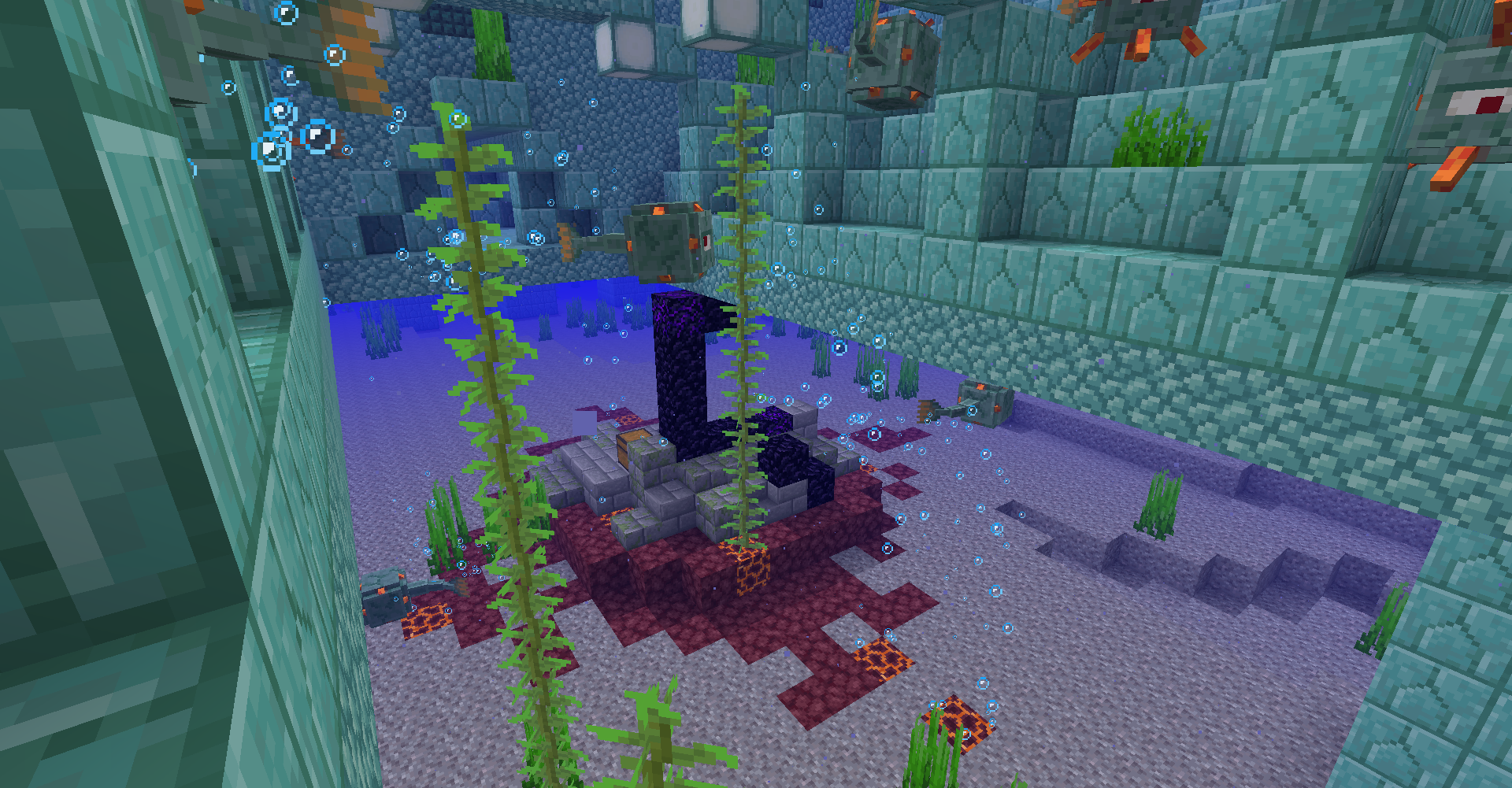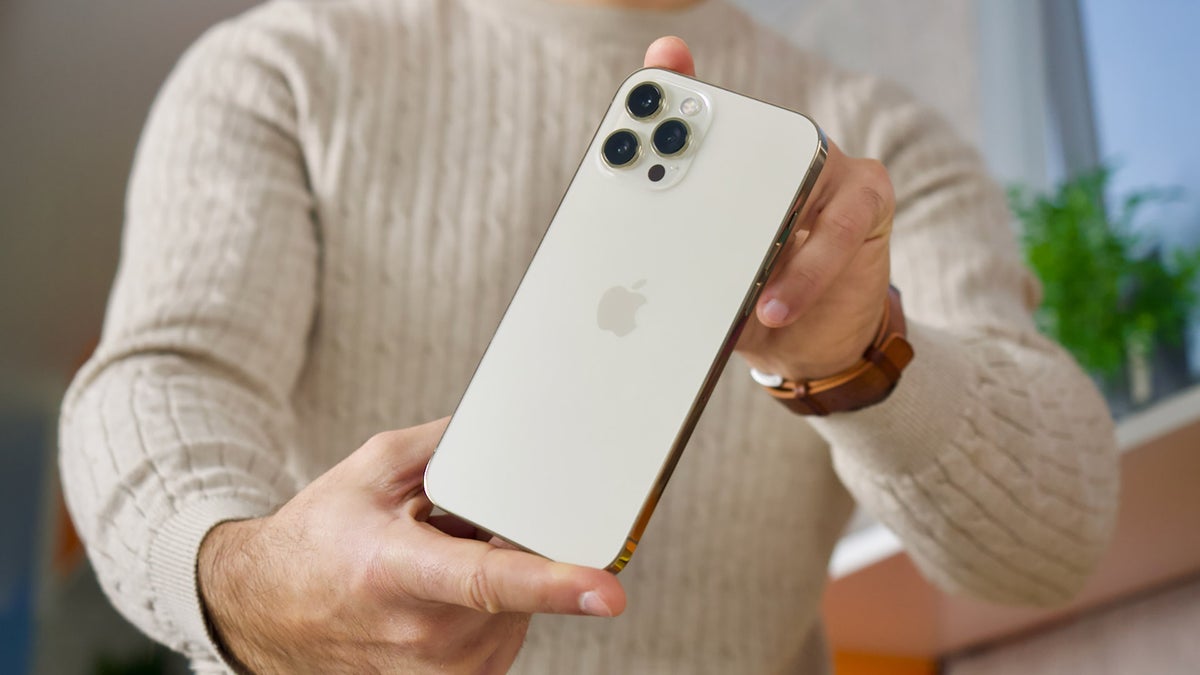Table of Content
The camera will almost always be powered off unless users are using it for a video call or to take a photo. But to give consumers peace of mind, Google added a power switch on the back that electronically disconnects the camera and microphone. Much like the Facebook Portal, the Hub Max’s camera will detect human faces and attempt to keep the camera centered on them. That means you could call your friend up when you’re cooking and the smart display will always keep you in the frame. It’s not too dissimilar from the Google Home Hub, which Google just rebranded as Nest Hub . It looks like a tablet in landscape orientation that’s propped up on a base.
Users can connect and group together multiple Home speakers for synchronized playback of music in every room. A notable feature omission, multiple accounts, was criticized by JR Raphael of Computerworld in November 2016, but an update for users in the United States in April 2017 enabled the feature. Google Home can now recognize up to six different voices, pulling information from their different accounts depending on who's talking. Google Home has integration with each user's calendar, for adding reminders or appointments verbally.
Google leaks Nest Hub Max release date, but still a while to go
With smart displays finding a natural place in the kitchen, they've become a primary music device, often replacing kitchen radios. If you’re unfamiliar with other Nest products, one of their big sellers is a Nest Cam, an indoor security camera. So it only makes sense that you can use the camera on the Nest Hub Max to monitor activity in your home. You can check in on your home by pulling up a feed of the camera’s view from your smartphone or tablet. You can also set it up to detect motion and alert you via a push notification.

A larger version of the Google Nest Hub, called the Google Nest Hub Max, was announced on May 7, 2019. It features a 10-inch display, integrated camera , and larger speakers with a rear-facing subwoofer. The Google Home smart speaker was released in the US on November 4, 2016, and in the UK on April 6, 2017. In July 2017, Google announced the release of Google Home in Australia on July 20, 2017, France on August 3, 2017, Germany on August 8, 2017, and Italy on March 27, 2018. Everything looks and sounds great on the 10-inch HD screen and stereo speakers. Watch live news, sports and TV shows with a YouTube TV subscription.
Check the Google Home app for a possible 30% Nest Wifi Pro discount
However, swiping left from the right edge of the screen will load tiles full of recommendations for music, news, videos, and any other information Google Assistant considers relevant. Besides its larger screen, the camera is the Hub Max’s headlining feature. It enables the smart home device to serve as an intelligent video intercom and security camera. Google has also introduced facial recognition features, that allow willing users to receive personalized notifications from the device.
With a Nest Aware subscription, you’ll get continuous video recording and familiar face alerts. Learn more aboutNest Cam on Google Nest Hub Max and Nest Aware FAQ. Android 13 has introduced an improvement to Android 12 that allows you to control Google Home devices from the Pixel lock screen shortcut without unlocking your phone. In addition to the Nest Wifi Pro and new Doorbell , the expected Google Home app redesign was officially announced with “customization and personalization a core principle”. It’s a big overhaul, and you can sign up now for the preview program starting today. Ever since Google introduced a new lineup of Nest cameras to its smart-home lineup, there’s been a ton of confusion around the Google Home app, the Nest app, and which Nest Cam works where.
Google Nest Hub Max review
He received his undergraduate degree from Boston College, where he worked on the campus newspaper The Heights, and then attended the Columbia University school of Journalism. And, using the Nest Hub Max’s Face Match technology, all that will appear without you having to do anything. Setting up Face Match was as simple as turning my head side-to-side for a few seconds in the Google Home app. After that, whenever I walked into the kitchen, the Nest Hub Max’s camera would identify me, and greet me with a cherry “Hello” or “Good Morning” on-screen. The one thing that doesn’t change is the background photos.

The Nest app will let users check in on a live feed of where ever their Hub Max is facing and by paying the subscription fee, users can get even more advanced features. Now you can use existing gadgets like the Nest Mini speaker, the Nest Hub Max smart display, and the Nest Wifi Pro mesh router as a base of sorts for connecting Matter smart devices. These are no longer called “hubs” but “border routers,” since they serve as indicators of the perimeter of your smart home.
Upon release, the Nest mobile app will allow users to set up facial identification. This way every time that person uses the Hub Max, the display will show their icon on the screen and deliver notifications, messages, and reminders for them only. Households with big family might find this particularly useful so the device can differentiate who is using it. The £219 device includes a 10-inch HD screen with a built-in Nest Cam, a 3-inch woofer with stereo speakers and, of course, Google Assistant to play music and deal with your day-to-day questions. The Nest Hub Max's built-in camera also enables Face Match recognition.

The Google Nest Cam, a dinky little home camera, cost £159 / $199 on its own, making this box seem an even better deal. Swipe down from the top of the screen and you’ll see the shortcuts panel. There’s not too much to do here, in terms of touchscreen interaction. On March 28, 2018, Google made the announcement via their blog that users would be able to pair any of their Google Home devices to their own Bluetooth speakers without requiring the use of a Chromecast streamer. Look out for home when you’re away with the built-in Nest Cam.
It’s taken well over a year, but Google’s new Nest cameras finally have a Google Home web app. The experience is still rolling out, but here’s a quick look at what you can expect. The Google Home app is moving towards a brighter future, and on that path the app is now rolling out far better support for sensors and sending out more invites to the Public Preview redesign.

While we love the Echo Show 2, we believe the Nest Hub Max will be our top pick for the best smart display. We prefer Google smart devices mostly due to the fact that they are powered by Google, the best search platform in the world. Unlike Google’s original smart device, the Google Home, the Nest Hub Max possesses a touch screen.
The second generation sported 50% more bass and a sleep sensor. The base of the device is covered by a shell acting as a speaker grille, which is designed to be removed and replaced with one that suits the decor of a room. As of November 2016, Google offers fabric shells in "Mango", "Marine", and "Violet" color finishes, and metallic shells in "Carbon", "Copper", and "Snow" finishes.

In addition to a larger 10-inch screen, the Google Nest Hub Max also has a video chat camera that doubles as a security cam. PCMag.com is a leading authority on technology, delivering lab-based, independent reviews of the latest products and services. Our expert industry analysis and practical solutions help you make better buying decisions and get more from technology. The Google Nest Hub Max is a big, bright smart display with Google Assistant, and you can even use it as a home security camera.
Nest was one of the original smart home pioneers in the current wave, which made home automation cheap and accessible, and was bought by Google back in 2014. We wouldn’t be too pleased with this screen if it were packed into a tablet, though. Resolution is 1280 x 800 pixels, which leaves fairly clear pixellation when you look up close. It looks like a curvy Android tablet bolted onto a dark grey cloth-lined base. To some it might look like a touchscreen interface you’d find in a museum exhibit, but we think it looks better than the blocky Lenovo Smart Display. On March 30, 2021, a second generation of the Google Nest Hub was released.
It includes a larger speaker, an additional microphone, a machine learning chip that can cache voice recognition data for commonly-used commands locally, and "ultrasonic sensing". It is similar in design to the first-generation Home Mini, except its cover is now made from recycled plastic. The back of the Nest Mini contains a hole for wall-mounting with a screw, and it contains LED lights that highlight the touch areas for volume control. It is available in the colors "chalk", "charcoal", "coral", and "sky blue".

No comments:
Post a Comment